Blind spots are areas around your car which you cannot see when driving. Even with the use of mirrors and cameras, there are certain areas around your vehicle that make seeing objects, people, or other vehicles completely disappear. Failure to check your blind spot can lead to collisions. Blind spots should be checked periodically while you are driving, especially while taking off from a parked position, changing lanes, or when motorcycles or other smaller vehicles are near. There are ways you can avoid your blind spots while driving. Our tips will help prepare for how to handle driving with blind spots and how to adjust your car mirrors for maximum visibility.
Smaller cars generally have a much smaller blind spot area compared to SUVs and Trucks. While smaller vehicles and midsize sedans have between four and thirteen feet of blind zones, SUVs have as much as 18 feet, and pickup trucks often have the worst by as much as 50 feet. The most common blind spot areas are the rear quarter portions of the vehicle on both sides. Vehicles parallel to your vehicle that fall into this area will be impossible to view when relying solely on your mirrors. Blind spots can also be in areas that are too low in front of or behind the vehicle.
Take a Look
You can adjust your car’s mirrors to create a nearly panoramic view of the road behind you to check for your blind spots but turning to look behind you is a good driving habit and the most reliable way of knowing whether there is an object in your blind spot. When turning your head to check your blind spot, turn your head in the direction you wish to travel, and look towards the back of the side window, essentially over your left or right shoulder, but no more than 45 degrees. Turning too far could be dangerous because your eyes are not focused on what is happening in front of your vehicle. If traffic comes to a sudden stop, you may rear-end the car in front of you.
Mirror, Mirror

Without the use of your rear-view and side mirrors, driving would be quite precarious, immensely increasing the chance of a collision. Good drivers make a habit of glancing in their rear-view and side mirrors often while driving, which helps keep them aware of drivers around them. Properly adjusting your side mirrors may help reduce your blind spots. Unfortunately, many drivers may have their mirrors improperly aligned. There is a common misconception that the vehicle’s rear panel should be in the frame of the side mirror. However, when set properly, the side view mirrors act as an extension of the view from the rear-view mirror, providing a panoramic view without any overlap. So, what is the right way to adjust your car mirrors?
- While in the driver’s seat, adjust the seat and steering wheel to a comfortable position accessible to the brake pedal, accelerator, and gear shifter.
- Position the rear-view mirror so that you can see directly out of the center of your rear windshield, without moving your head up or down.
- Locate the buttons to adjust side mirrors. Older model vehicles may require manual adjustment by pressing areas of the mirror itself. Avoid making adjustments while your vehicle is in motion.
- Starting with the driver’s side mirror, make necessary adjustments, then, sit back comfortably, checking to make sure that the road is in full view with just a slight reflection of your car in the mirror. Using the same technique, adjust the passenger side mirror. For manual adjustments, you may need to move from the driver’s side to the passenger side until the mirror is set properly.
- Once mirrors have been adjusted, return to the driver’s seat and look in each mirror, beginning with the driver’s side mirror. You should have a panoramic view allowing you to see everything behind you in sections.
When driving it is your responsibility to be aware of the vehicles around you. Using only your mirrors or not checking your blind spots altogether is a recipe for disaster. Protect yourself, your passengers, and other drivers by checking your mirrors, utilizing blind spot monitoring systems, and most of all, looking over your shoulders to check for all kinds of vehicles, especially motorcycles.
